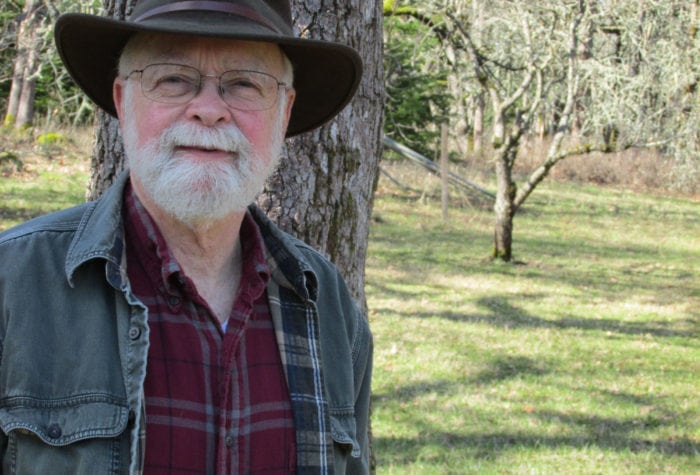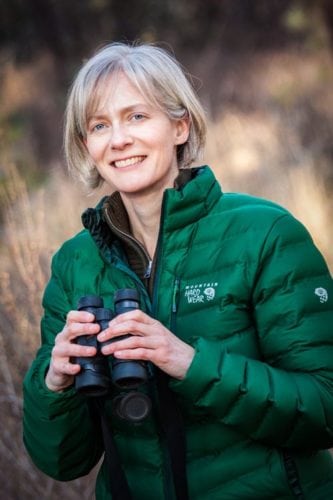Author: LeeAnn Kriegh | Published: November 25, 2025 | Category: Species Spotlight
A Funny Little Owl
Pronghorn are perhaps the most graceful animal native to the high desert country of central and eastern Oregon. Golden eagles are the most majestic, greater sage-grouse the most emblematic. And burrowing owls? They’re the funniest.
For starters, burrowing owls have the peculiar habit of living in underground burrows—not the trees that most birds prefer. They move into holes in the ground excavated by prairie dogs, ground squirrels, desert tortoises, and in our area, badgers.
To reshape old burrows to their liking, the diminutive owls dig with their downturned beaks and make dirt fly with their feet, then decorate with cow manure, feathers, grass, and whatever else strikes their fancy. The manure is thought to attract insects for the owls to eat, and it might mask the owls’ scent from predators—including the badgers that made the burrows in the first place.
The owls’ predilection for the subterranean is not their only oddity. They fly during the daytime as well as at night, and they don’t hoot; they coo, warble, cluck and scream. When threatened, juveniles mimic the threatening hiss of a rattlesnake and adults run like the dickens instead of flying.
Now, let’s talk about those legs. Imagine that you get to design burrowing owls from a clump of brown clay. First, you shape the body to resemble a chunky American robin, which is to say a very small owl. That leaves you with excess clay, so on a lark you roll two slender cigars, each several inches long, and attach them as legs—comically long, un-owl-like legs.
Those feathered stilts are a clever adaptation that allows the owls to stand tall like curious meerkats, peering this way and that across the broad expanses of grasslands and sagebrush country where they live. They also use their long gams to race across the ground chasing prey, their bodies thrust forward like a tourist on a Segway.
It’s not their long legs that make these golden-eyed owls such a social media darling, subject of countless memes and videos—or at least it’s not solely their legs. It’s also their thick, white unibrow, which, when lowered, makes them look comically offended and, when raised, suggests the wide-eyed curiosity of a puppy.

